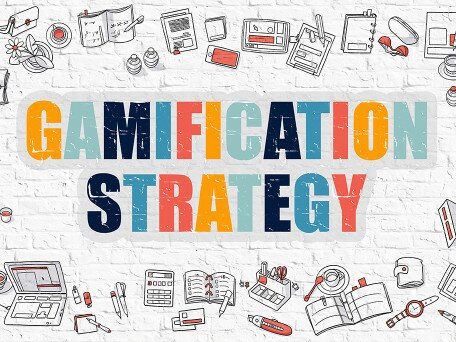A Randomized Controlled Trial of an Online Benefit-Finding Intervention for Dementia Family Caregivers
- 项目计划:
- 优配研究金
- 项目年份:
- 2022/2023
- 项目负责人:
- 郑相德教授
- (健康与体育学系)

In view of the need to serve more caregivers as we confront an aging population with support network vulnerable to major disruption by events such as the pandemic, we propose to turn an evidence-based benefit-finding therapeutic (BFT) intervention into an online version and test it in a participant-blind randomized controlled trial with a waitlist control.
Besides evaluating its impact on caregiver depressive symptoms (primary outcome) and anxiety, burden and positive gains (secondary outcomes), the study will examine whether the intervention effects are mediated by hypothesized therapeutic mechanisms, namely, self-efficacy in controlling upsetting thoughts and habitual use of cognitive reappraisal. Measures will be taken at baseline (T1), 2 months (postintervention or T2), 3 months (T3) and 5 months (T4). After T3, the waitlist control will receive the intervention.
To strengthen external validity and to eliminate assesssor bias, following determination of study eligibility, data will be obtained through computer-administered questionnaires only (to mimic actual usage when the intervention is launched for public consumption). 160 primary caregivers of relatives with dementia will be recruited via NGOs, corporates, other community organizations, and promotional materials on social media.
The inclusion criteria are: (a) a primary caregiver aged 18+; (b) having been a caregiver for ≥3 months; (c) providing ≥14 care hours weekly; (d) not having participated in any dementia- or caregiving-related intervention in the past year; (e) computer literacy; and (f) scores ≥5 on a 10-item version of the Center for Epidemiologic Studies-Depression Scale.
Exclusion criteria are presence of other neurological or psychiatric condition in the CR and presence of cognitive impairment in the caregiver. Intent-to-treat analyses will be performed using mixed-effects regression to examine whether the outcome trajectories over time differ between conditions (i.e., treatment x time and treatment x time2 interactions). Path models with 5,000 bootstrapped samples will be used to examine longitudinal mediation of BFT effects via the hypothesized mediators. All estimations will be made using full-information maximum-likelihood to handle missing data in the longitudinal dataset.
We expect BFT participants to report lower depressive symptoms, anxiety and burden, as well as more positive gains, compared with waitlist control, up to T3. We also expect such decreases to be maintained to T4 while control will benefit from exposure to BFT, resulting in the two groups being indistinguishable at T4 (as further support of BFT’s efficacy). We also expect the treatment effects on T2 mediators to mediate the treatment effects on T3 outcomes.








